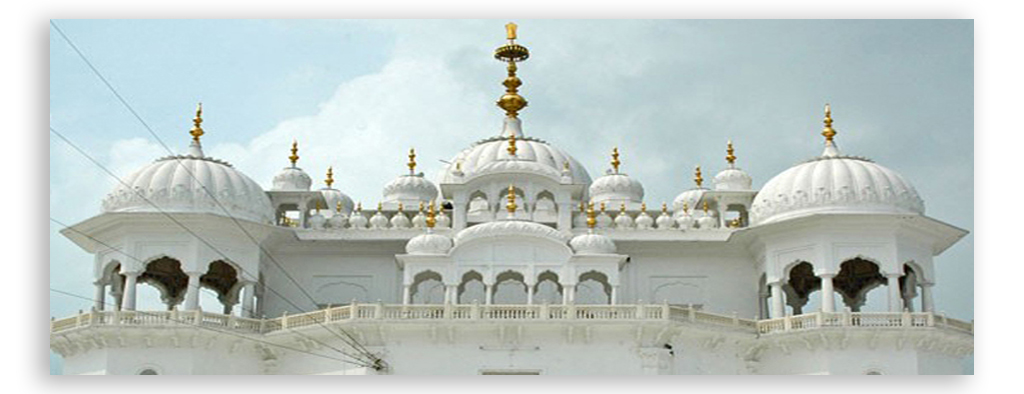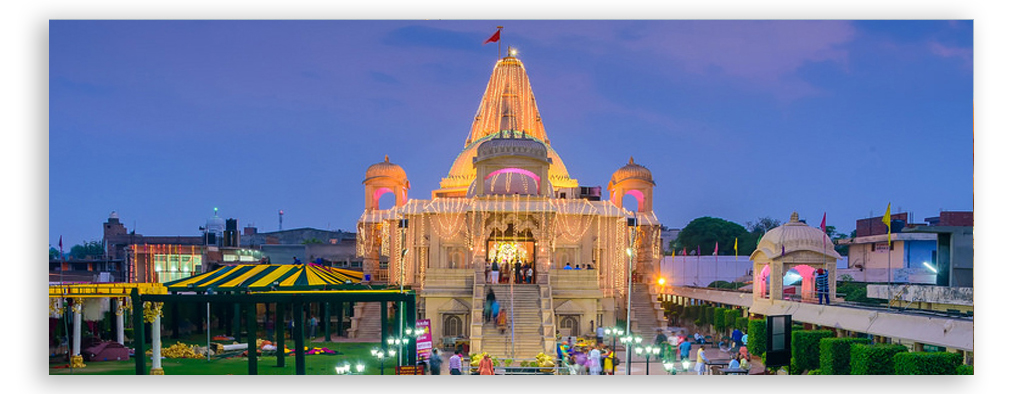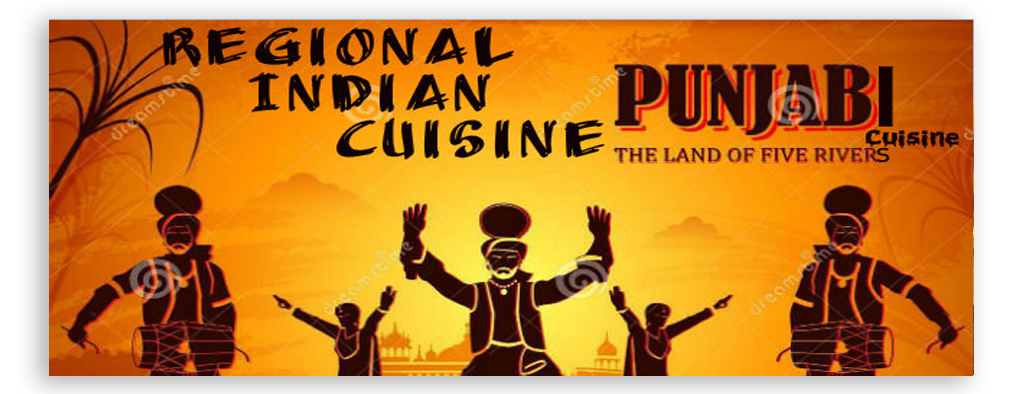Tour programme will be organised if the sifficient number of participants are interested. The tourist places visiting during the tour programmes are listed...

Anandpur sahib is a city and a municipal council in Rupnagar district, Punjab, India. Takht Sri Keshgarh Sahib is a gurudwara which is the main attraction at Anandpur Sahib and is one of the most important sacred places of the Sikhs. This city is strongly linked and connected to their religious traditions. Because of its rich historical and religious significance, this city is called the city of 'spiritual or holy bliss'. Religious celebrations like Holla Mohalla are celebrated every year in the month of March. Anandpur Sahib is considered to be the second best religious place for the Sikhs after the Golden Temple at Amritsar. The city is situated on the lower spurs of the Shiwalik hills, surrounded by beautiful and colorful natural scenery, which serves as a natural attraction to the gurudwara. One can see the river Sutlej forming a beaming and lustrous blue border on the south west, barely 4 miles away. The Takht Sahib is a nice square hall with a balcony in the front overlooking a spacious courtyard on a lower level.

The Harmandir Sahib and the Darbar Sahib located in the city of Amritsar, Punjab (India) are informally known as the Golden Temple. Built in the 16th Century by Guru Arjan Dev, the golden Temple opens from four gates which symbolises the openness of Sikhism towards all the people and all the religions. Jasa Singh Ahluwalia with the help of other Sikh Misl’s re- builded the present- day Gurudwara in 1764 with the intention of building a place of worship for all the men and women irrespective of their cast or social status. Guru Granth Sahib, the most holy text of Sikhism is always present inside the Golden Temple. The temple welcomes more than one lakh worshippers on a daily basis. As the name states, the Golden Temple is made up of pure gold thus attracting lakhs of tourists from all around the world. The reflection of the Golden Temple in the pond located in the premises of the Gurudwara under the moonlight acts as one of the major attractions for the tourists.

The wetlands, also called ‘Hari-ke-Pattan’ is the largest wetland in northern India, with the Harike Lake situated in its deeper part and is located in the Tarn Sahib District in Punjab. The wetland was formed in 1953 by constructing head works across the Sutlej River. The wetlands are a cross between a river and a lake thus making it a unique location and ecological niche which spreads into three districts namely, Amritsar, Ferozepur and Kapurthala in Punjab and covers an area of 10131.32 acres. The wetlands are a bio diverse area which houses many species of turtles, snakes, amphibians, fishes and invertebrates. The rich concentration of migratory avifauna which includes a vast number of globally threatened species has given the wetlands the recognition of a Bird sanctuary which was renamed in 1982 as ‘the Harike Pattan bird sanctuary’ with an extended area of 21251.06 acres. Even the Indira Gandhi canal in Rajasthan is fed from this source and is reportedly rich in ground water resource.

Haveli stands as a tribute to the glorious past & lifestyle of Punjab. The rich culture of Punjab is well depicted in the ambience & hospitality of Haveli. Haveli is not just a restaurant; it is a holistic experience of Punjab which is derived from the various food stalls, cultural stores and the impeccable décor. There are elements like a life-size truck, a dummy well, colourful bangles, parandis etc. that add up to the ethnicity of the place. Guests can shop for souvenirs at the stores selling traditional artefacts. Punjabi food is world-renown and we have taken the efforts to maintain that expectation by offering authentic flavours of Punjab. As the name suggests, Haveli offers every guest a grand meal served in a palatial way. The staff dressed in traditional Punjabi attire ensure that every guest has a pleasant experience to take back home. Haveli as a place was conceptualised by Mr.Satish Jain. During his childhood he saw the vast and rich culture of Punjab where guests at home were treated as GOD. Creating Haveli is his effort to keep the Punjabi tradition alive. He did a lot of research which has helped him to look into the finer details of everything from exquisite décor to delicious food. Haveli has frozen time to that golden era for generations to come & experience the splendour of Punjab in its true sense.

On 10 April 1919, two nationalist leaders- Dr Saifuddin Kitchlew and Dr Satya Pal were arrested in Punjab. On 13 April 1919, people gathered in a small park in Amritsar which was called the Jalllianwala Bagh, to protest against these arrests. The peaceful gathering was attended by men, women and children. General Dyer, a British military officer, stationed a regiment of soldiers at the only entrance of the park, declared the meeting illegal and without warning ordered his soldiers to fire. The firing lasted for ten minutes, till all the ammunition was exhausted. More than a thousand people were killed and over twice that number wounded. The massacre inflamed the anger of the Indians. After the massacre, General Dyer said that he had ordered his troops to fire to teach the Indians a lesson. This added fuel to the fire. There were widespread protests. Rabindranath Tagore renounced his knighthood I protest. All nationalist leaders condemned this shameful act. The government leaders martial law in Punjab and resorted to inhuman cruelties to stem the rising tide of protests. People were tortured and newspapers were banned. However, all this strengthened people’s determination to fight against oppression.

The Temple of Shri Naina Devi Ji is situated on a hilltop in the Bilaspur Distt. of Himachal Pradesh in India.The temple is connected with National Highway No. 21. The temple at the top of the hill can be reached via road (that curves round the hill up to a certain point) and then by concrete steps (that finally reach the top). There is also a cable car facility that moves pilgrims from the base of the hill all the way to the top. The hills of Naina Devi overlook the Gobind Sagar lake. The lake was created by the Bhakra-Nangal Dam. Several mythological stories are associated with the establishment of the temple. According to a legend, Goddess Sati burnt herself alive in Yagna, which distressed Lord Shiva. He picked the corpse of Sati on his shoulder and started his Tandava dance. This horrified all deities in the heaven as this could lead to holocaust. This urged Lord Vishnu to unleash his Chakra that cut the Sati’s body into 51 pieces. Shri Naina Devi Temple is the place where eyes of Sati fell down.

Punjab Agricultural University Museum is one of the landmarks in Ludhiana which is visited by many people all year long and is on the outskirts of the city. This museum lies in the premises of the Punjab Agricultural University. This famous university was set up in the year 1962 and was made just exactly like the Land Grant of America. This Rural Museum was inaugurated at the hands of S Khushwant Singh in the year 1974 on 26th April. The rural life of the people is very well displayed at this museum and the Punjabi culture is very evident at its best. The area of the museum is 4000 sq and has a very beautiful facade. It catches the eye of man but yet it is very simply displayed. Water channels dot the entrance of the 100 yard long path that makes way to the beautifully carved doors of the huge museum. Most of the VIP’s, renowned personalities make sure to visit the Punjab Agricultural University making this museum an important attraction in Ludhiana City.

Chandigarh has the distinction of having a unique world acclaimed Rock Garden. It Consist of art object, fashioned from industrial and urban waste. It is situated between the capital complex and Sukhna lake in Sector1.It nestles amidst 20acres of woods in the form of an open air exhibition hall, theatre trove and a miniature maze all rolled into one vast fantasy land of art and landscape. It is without doubt, a tourist spot that is a must on the itinerary of visitor to Chandigarh. An unpretentious entrance leads to a magnificent, almost, surrealist arrangement of rocks, boulders, broken chinaware, discarded fluorescent tubes, broken and cast away glass bangles, building waste, coal and clay-all juxtaposed to create a dream folk world of palaces, soldiers, monkeys, village life, women and temples. The open air sculptures and concealed gateways separating them are at places enhanced by a waterfall, pools and an open air theatre with proper stage setting. Several prestigious performances have been staged in this small but very artistic and naturalistic open air theatre.

Virasat e Khalsa Heritage Complex is conceived as a repository of the rich heritage of the Khalsa, showcasing the history and culture of Sikhs and their homeland enshrining the eternal message of Guru’s. Located in Sri Anandpur Sahib amidst rolling hills on a sprawling 100-acre estate the Virasat-e-Khalsa stands at a site that is the birthplace of the Khalsa Panth. It was here in 1699, on Vaisakhi Day, that Guru Gobind Singh founded the Khalsa Panth. It had to be an inspiring tribute to the laudable and poignant saga of the people of Punjab unfolding Sikh history and tradition like never before. It was in the year 1999, the tercentennial year of the Birth of the Khalsathat the dream process to start building the Khalsa Heritage Complex at Anandpur Sahib commenced. Moshe Safdie, the leading architect, of the project embraced a comprehensive and humane design philosophy, guided by a strong set of values.

The Wagah border is a post between India and Pakistan. It has become famous for the beating the retreat ceremony which includes the closing of international gates and the lowering of the flags of both the countries. Around 5000 people visit the Wagah border, which has become very popular among tourists all over the world. The flag code of India mandates that the national flag shall be flown only from sunrise to sunset. It is an entertainment ceremony and a highly stylized patriotic display as well as an energetic performance. The guards who perform are chosen carefully among those who have great height, ability to perform and imposing stature. People from both the sides watch the ceremony. The crowd on weekends is heavy and people watch it from the stands. There are certain things that one should remember while visiting Wagah border. There are jammers here so no mobile phone service is available here. No covered bags are allowed, including ladies handbags or purses. There are stalls nearby,to buy food and bottled water.

Govind Godham was established in the year 2000(May) by "Gow Seva Samiti(Regi) " trust at Partap Singh Wala, Humbran Road, Ludhiana.The Govind Godham is spread in the 5 acres of land and it is biggest "Goshala" (Cow's Home) in Northen India.Here near about 1700 cows are living and trust is providing them all facilities including food,medical and health facilities. Trust takes only injured, non-milking, sick and injured cows here. Govind Gowdham is the 2nd Goshala in Ludhiana after 100 years and after this 16 new Goshala(Cow's Home) are opened in Punjab and with in 4 years it became number one Goshala of northen India. This was all happened by "Prerna"(The The Blind Cow)

The cuisine of Punjab has an enormous variety of mouth-watering vegetarian as well as non vegetarian dishes. The spice content ranges from minimal to pleasant to high. Punjabi food is usually relished by people of all communities. In Punjab, home cooking differs from the restaurant cooking style. At the restaurants, the chefs make a liberal use of desi ghee, butter and cream to make the food lip smacking and finger licking. On the other hand, at home, people prefer using sunflower oil or some other refined oil for cooking, with the basic idea of making the food low in fat content. Wheat is the staple food of Punjabis; however, they do enjoy eating rice on festivities and other special occasions. When it comes to food, each region in Punjab has an entirely different preference like people in Amritsar are particularly fond of stuffed paranthas and milk products. The philosophy of life for most of the Punjabis is to eat, drink and make merry. They are real lively people who are extremely fond of eating good food. In the preparation of Punjabi food, onion, ginger and garlic are used extensively to enhance the taste of the food.






